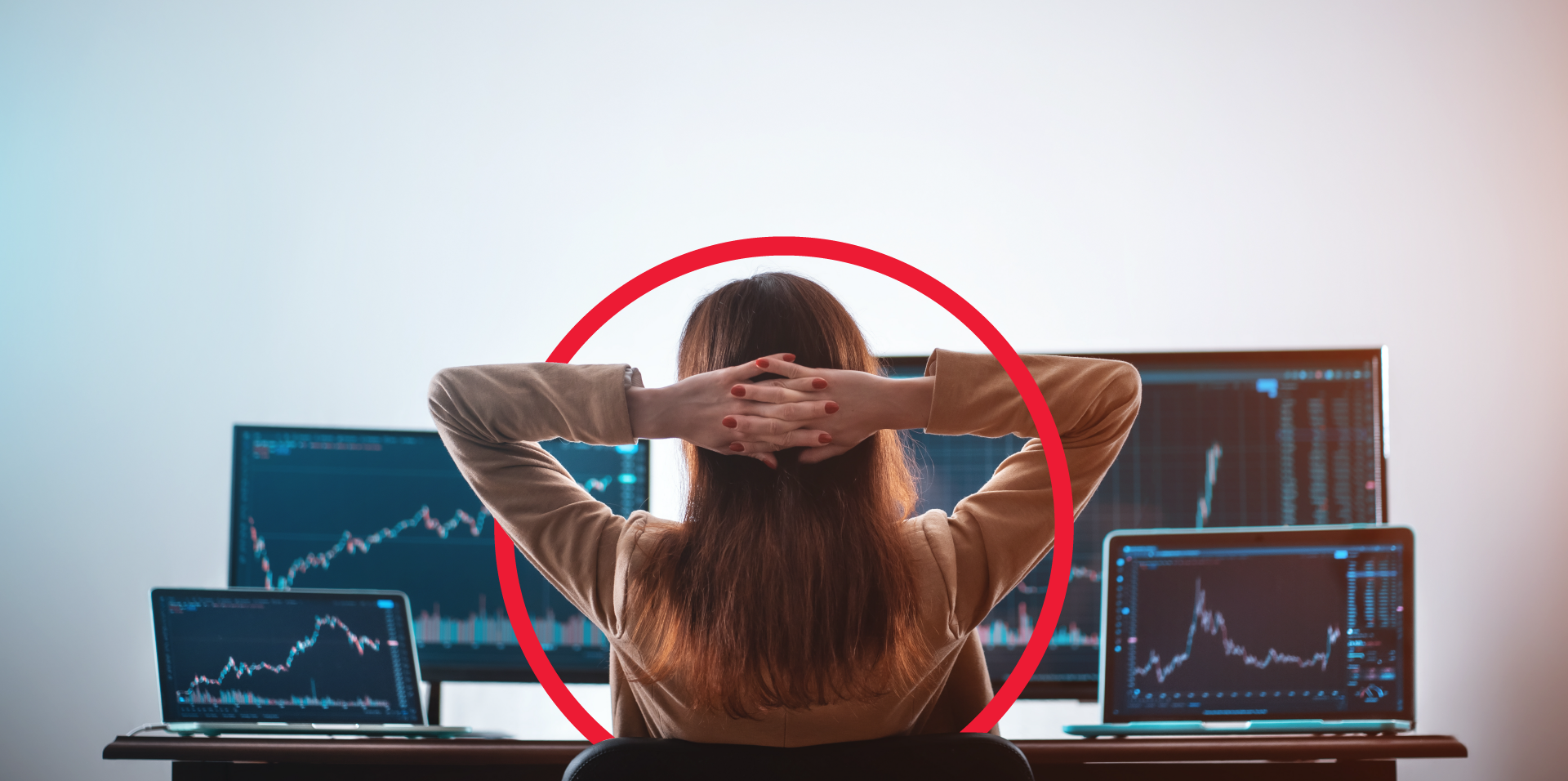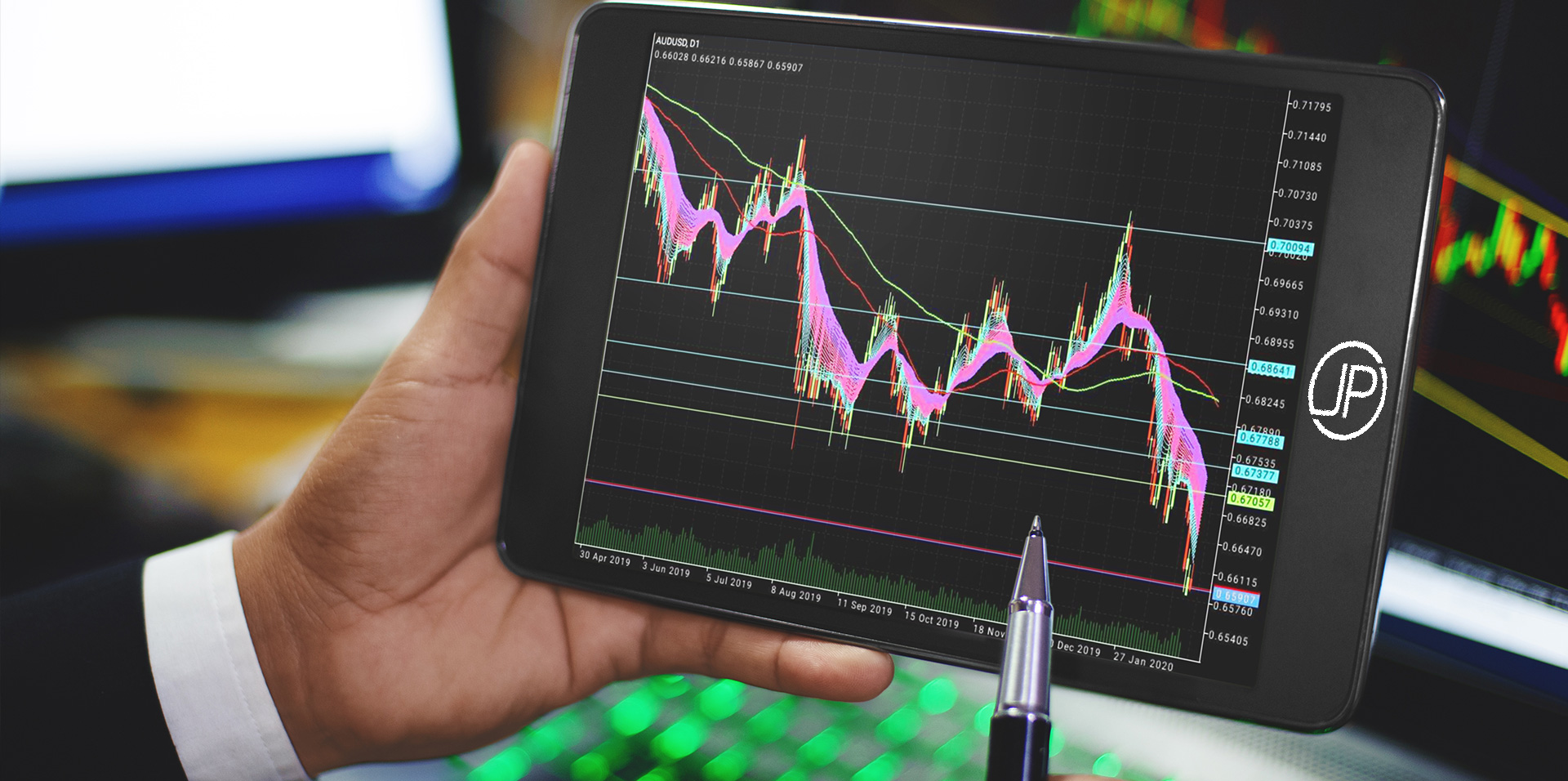In recent years, trading has seen a surge in popularity. It’s like everyone around is talking about it, and why not? If you’re thinking about making some money on the side, not just relying on your 9-5 job, trading is something worth considering.
But diving into the world of trading can be overwhelming, especially if you’re new to it. So, let’s break it down into simpler terms and explore the essentials: from Forex brokers to trading tools, and from understanding market analysis to managing risks.
Forex Brokers Are Your Entry to Trading
Brokers are companies that provide traders with access to a platform where they can buy and sell foreign currencies. Choosing the right broker is crucial. You want one that is reliable, transparent in their fees, and offers good customer support.
When you’re just starting out, look for a broker with an easy-to-use platform, educational resources, and maybe even a demo account where you can practice without risking real money. Also, ensure they are regulated by a reputable authority – it’s like a safety net for your investments.
Forex Trading Apps and Tools
Imagine having a toolkit that helps you make better trading decisions. That’s what Forex trading apps and tools are for. They range from basic news apps that keep you updated on market trends to complex analytical tools that help you understand currency movements.
Some essential tools include trading platforms like MetaTrader, which offer real-time market data and various analytical tools. Then there are economic calendars that keep you informed about major economic events that could impact currency values. And don’t forget mobile apps, which let you trade on the go. The key is to find tools that match your trading style and make your life easier.
Fundamental vs. Technical Analysis
In the world of trading, two main strategies help traders make decisions: fundamental analysis and technical analysis. Both play a critical role, yet they approach the markets from different angles.
Fundamental Analysis
Fundamental analysis involves evaluating a security’s intrinsic value by examining related economic, financial, and other qualitative and quantitative factors. For stocks, this means looking at factors like a company’s earnings, expenses, future growth potential, and its sector’s health. For currencies or commodities, it’s about understanding economic indicators, political stability, and overall market conditions.
This approach is often favoured by those who make long-term investments. It’s about understanding the economic health of a company or a country and predicting how it might perform in the future.
Technical Analysis
Technical analysis differs significantly from fundamental analysis. It’s based on the idea that historical price movements and market trends can indicate where a security might head next. Here, the focus is less on the ‘why’ and more on the ‘what’ and ‘when’.
Technical analysts use charts and various tools to study market trends and patterns. They believe that past trading activity and price changes can often predict future price movements. This method is typically favoured by short-term traders, including day traders.
Combining Both Approaches
Many traders find that combining both methods offers a more holistic approach to trading. For example, you might use fundamental analysis to choose which stock to invest in based on the company’s financial stability and then apply technical analysis to determine the most advantageous times to buy or sell that stock.
Choosing the Right Approach for You
Your choice between fundamental and technical analysis should align with your trading style and objectives. If you’re interested in long-term investments and enjoy delving into economic data and financial reports, fundamental analysis might be more suitable. However, if you’re drawn to short-term trading and like working with patterns and trends, technical analysis could be more beneficial.
Risk Management in Trading
Probably the most important aspect of trading is risk management. It’s not just about making profits, it’s also about protecting what you have.
Here are five essential risk management strategies to follow:
1. Limit Your Risk Per Trade
One of the fundamental rules in Forex trading is to limit the amount of capital you risk on any single trade. A widely adopted strategy is to risk only a small percentage, typically 1-2%, of your total trading capital. This approach ensures that even if a trade doesn’t turn out as expected, the overall impact on your capital is manageable, and you remain in a position to continue trading.
2. Use Stop-Loss Orders
A stop-loss order is an automatic order to sell a currency when it reaches a certain price, and it’s essential for minimising losses on a trade. It acts as a safety net, allowing you to decide in advance the maximum amount you’re willing to lose on a particular trade. Effective use of stop-loss orders prevents situations where you’re holding on to a losing position in the hope that things will turn around.
3. Diversify Your Investments
Don’t put all your money into a single currency pair. Diversification is key to managing risk in Forex trading. By spreading your investment across different currency pairs and possibly other asset classes, you reduce the risk of a single event significantly impacting your entire portfolio. This approach can help balance out losses in one area with gains in another.
4. Understand Leverage and Use It Wisely
Leverage can be a powerful tool in Forex trading, allowing traders to control large positions with a relatively small amount of capital. However, it also amplifies both gains and losses. It’s vital to understand how leverage works and use it cautiously. Excessive leverage can lead to large losses, especially for inexperienced traders.
5. Keep Emotions in Check and Follow Your Trading Plan
Emotional decision-making can lead to rash choices and increased risk. Develop a trading plan based on your risk tolerance, investment goals, and trading style and stick to it. A disciplined approach helps you make more rational decisions, particularly in response to market volatility.
Final Words
Starting in the world of trading can seem daunting, but it doesn’t have to be. By understanding the basics of Forex brokers, making use of helpful trading tools, learning the ropes of market analysis, choosing the right trading instruments, and practicing solid risk management, you can set yourself up for a more informed and potentially successful trading journey. Remember, patience and continuous learning are your best allies in this field. So, take your time, keep learning, and start your trading journey with confidence!





